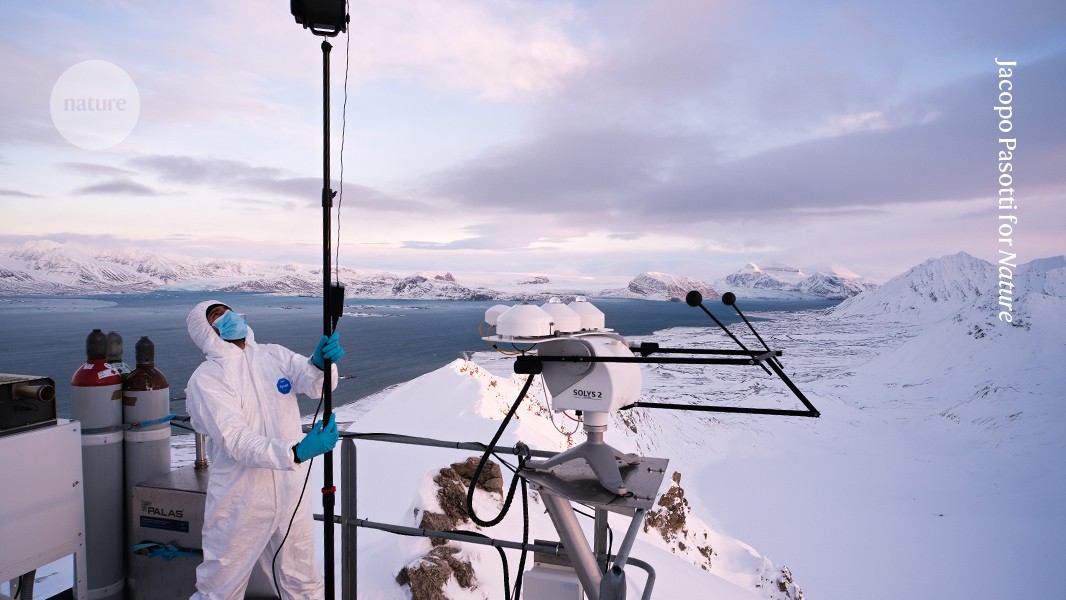
"This photograph, taken in February, captured the first return of the light to the world's most northerly permanent settlement, Ny-Ålesund."
"We began to wonder whether an active microbial community could flourish in a similarly cold and nutrient-scarce environment: the atmosphere."
"A key question is whether the atmosphere is just a dispersal mechanism for dormant cells, or whether it harbours active microbes that can grow and divide."
The article discusses research conducted in Ny-Ålesund, Svalbard, focusing on microbial life in extreme conditions. After years of studying ice-associated microorganisms that thrive despite harsh conditions, researchers at the Mediterranean Institute of Oceanography are exploring whether similar microbial communities exist in the atmosphere. They aim to determine if the air serves merely as a distribution medium for dormant cells or supports active microbes capable of growth, thus expanding the understanding of microbial survival in scarce environments.
Read at Nature
Unable to calculate read time
Collection
[
|
...
]